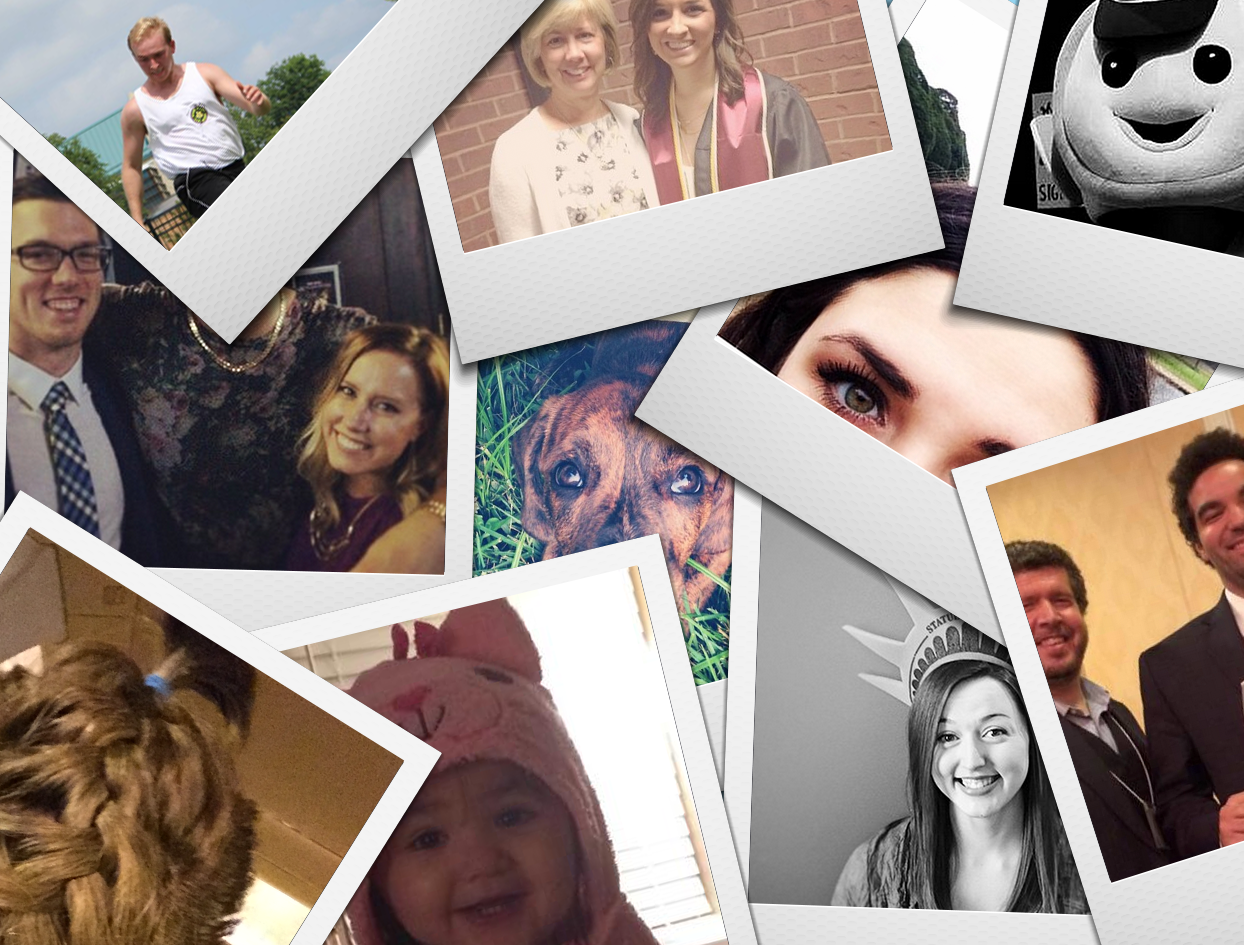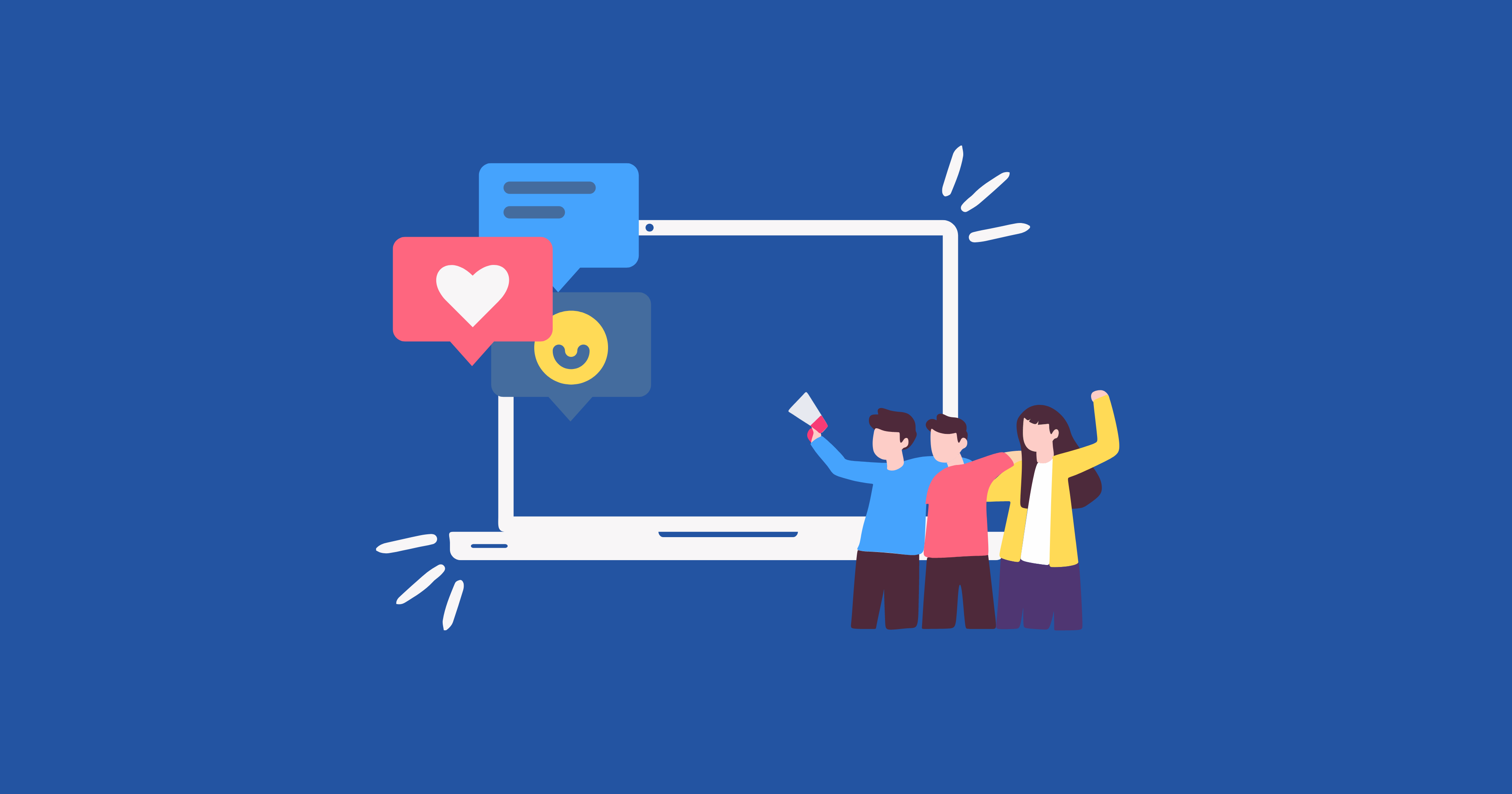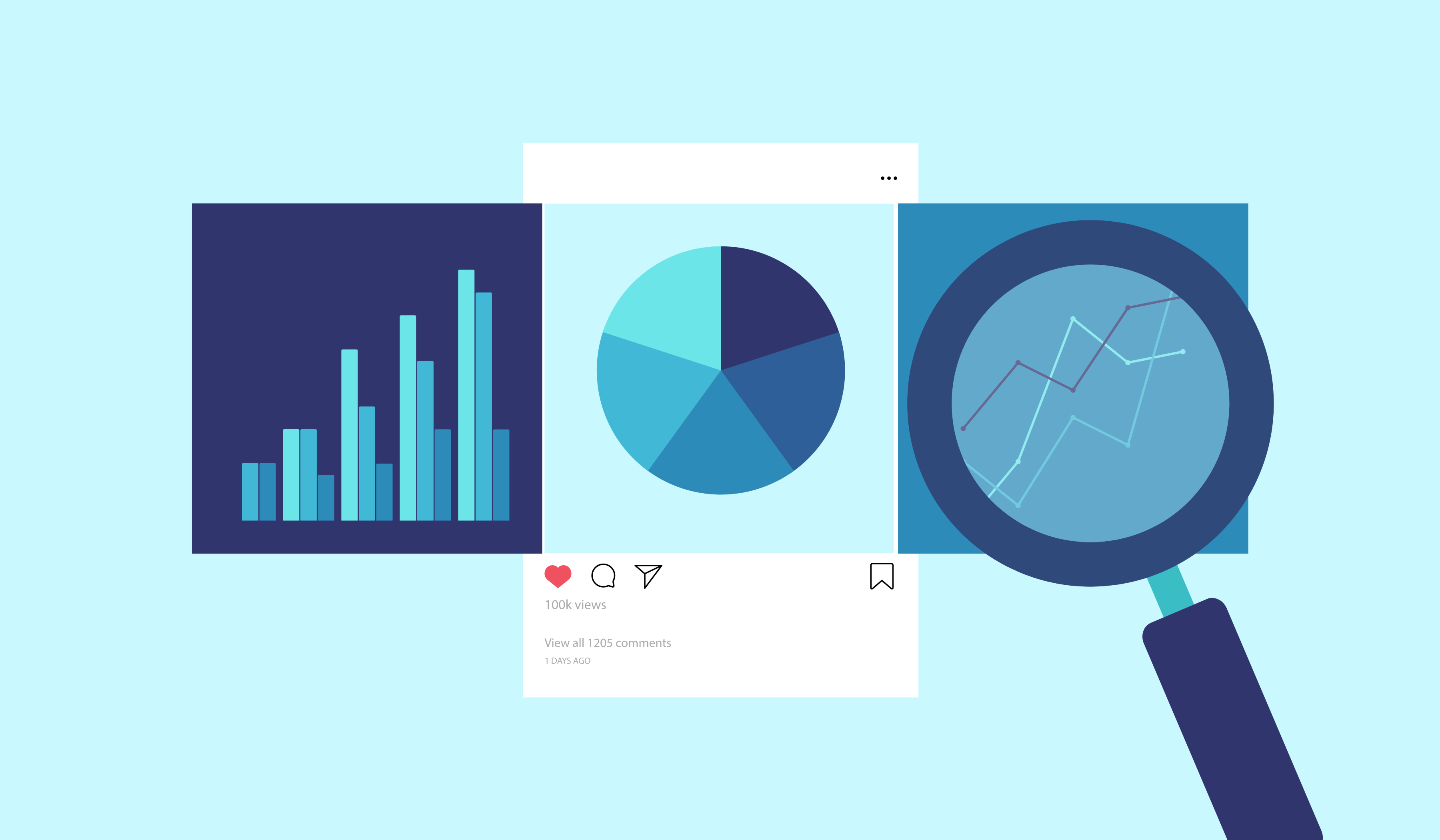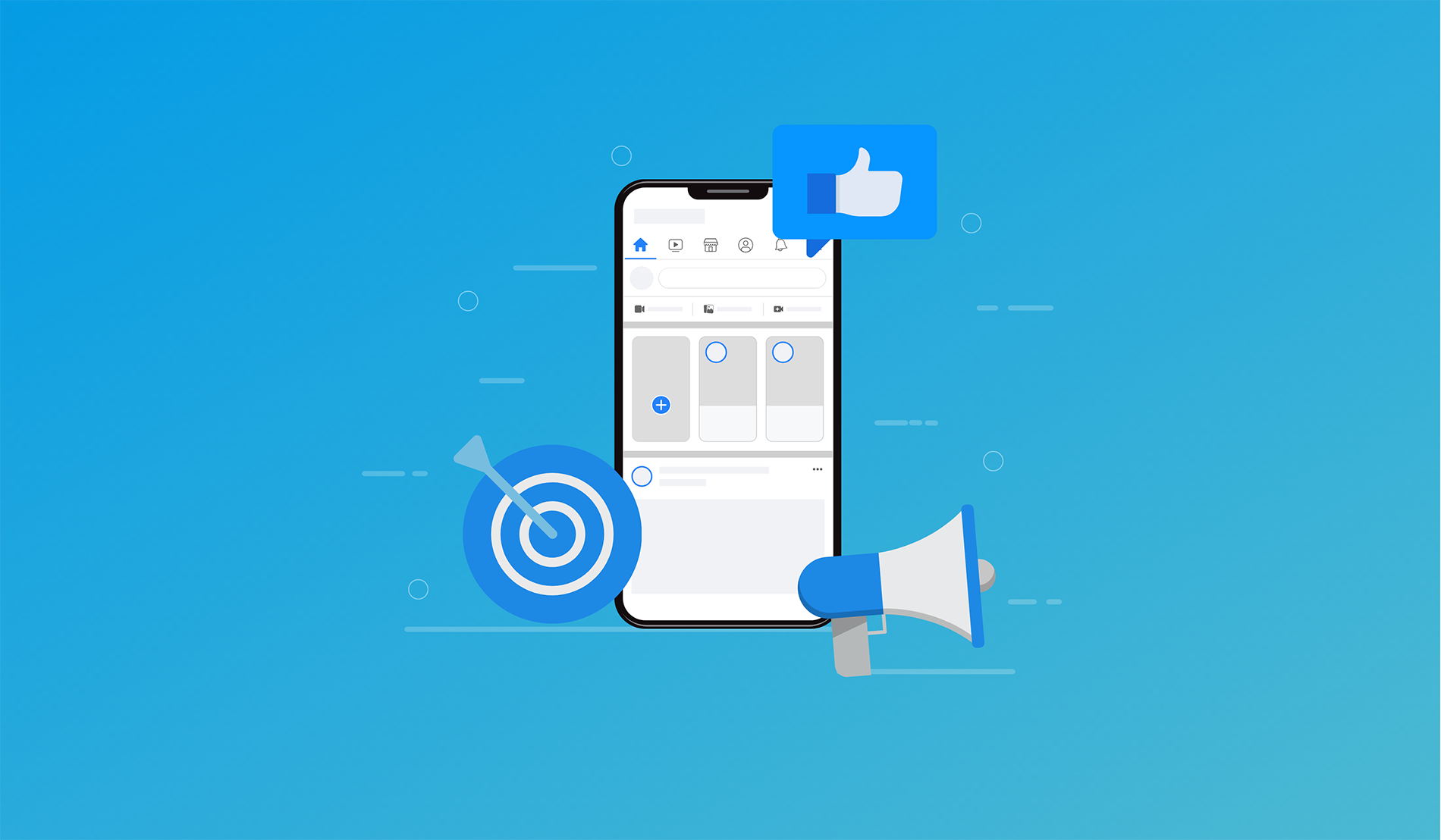
Originally published June 26, 2015. Updated Sept. 18, 2020.
In the U.S. and increasingly worldwide, more Google searches take place on mobile devices than on computers.
Like dial-up and the Jonas Brothers, the desktop has finally ceded its throne. But does this development really surprise anyone?
The ascent of smart devices — phones, watches, digital assistants, etc. — has ushered in a new era for marketers, one where a split second may matter more than 30. This is the era of the “micro-moment.”
According to Google, a micro-moment occurs “when people reflexively turn to a device — increasingly a smartphone — to act on a need to learn something, do something, discover something, watch something, or buy something.”
These moments may be brief, but don’t underestimate their impact.
We chatted with Brian Solis, principal analyst at Altimeter Group, and he noted the importance of brands evolving to match these moments with their content. “Brands that learn, adapt, and practice will earn relevance and loyalty. All it takes is connecting adding value to each micro-moment,” he explained.
The choices and paths taken during these moments are rich with intent, even when devoid of complete consciousness. And to capitalize on these moments and engage your target audience, your content has to be front and center when your audience needs it most.
How Marketers Can Seize the Micro-Moment
The strongest marketers will capitalize on these moments by positioning themselves in the channels their target audience often visits. These channels are highly trafficked, easily digested, and smoothly linked to other content or purchase options.
—
Not sure which publications your target audience is reading? Take our free  to find out!
to find out!
—
Micro-moments occur frequently throughout the day, but each is the product of an instinctive response to a particular time and impulse. Here are some examples:
- You’re speaking with a pushy car salesman, and his pitch seems conspicuous. The next moment you’re alone, you impulsively pull out your phone and open your Consumer Reports app.
- You’re playing Trivial Pursuit. “Hmm, what is the capital of Delaware?” you ponder. Within seconds, you’re Googling under the table.
- You’re on your anniversary dinner date. It’s lovely, but your son’s definition of a “social gathering” is giving you anxiety. Overcome by parental love, you pull out your phone and check his Twitter.
To further explore micro-moments like these, Google categorized four specific types:
- I-want-to-know moments
- I-want-to-go moments
- I-want-to-do moments
- I-want-to-buy moments
Each of these moments has a repeatable pathway to satisfying the impulse. For example, when I want to search for something, I open my Chrome app and type a search query in the browser bar. This is an easily repeatable pathway — one that quickly becomes habitual.
Solis noted the habit void that your content should be filling. “If a micro-moment happens and you’re not there to engage a consumer, then that consumer can only act on what he knows.”
The goal for any marketer is to become an essential element of “what he knows,” the habit pathway to achieving an impulse goal. Habit saves us time, concern, and consciousness. The channels that work best are those that are native to our understanding of the mobile devices we use, capable of doing significant work in short order.
In essence, these are bathroom-accessible channels. And these are the channels marketers have to target.
Meet Your Audience Where They Are
OK, so reaching your audience in the bathroom might not be the most romantic way to envision targeting, but it’s an effective one.
In fact, 80% of men and 69% of women admit to using their phone in the bathroom, and 70% of mobile searches lead to action within the hour. The acts of publishing blog content and guest posting in external publications are fundamentally important to your content marketing strategy — and generating leads through micro-moments.
But content distribution is just as important as content creation. To maximize micro-moments, your business should be distributing content on channels your audience can access while cleaning, cooking, waiting, shopping and, yes, even using the restroom.
—
Learn how to effectively distribute your content by downloading  today.
today.
—
Take BuzzFeed, for example. No professional marketer would have considered BuzzFeed’s snackable clickbait approach to be “business professional” at its outset. But over time, the publisher has proven to be a master of channel manipulation, as well as measuring impressions and driving measurable ROI.
Taking chances on non-native publishing platforms is no longer optional for content marketers. Social networks like Facebook and LinkedIn have upended the publishing game by revolutionizing content and the communities that share it. As these platforms continue to win consumers’ attention, you have to distribute your content on them, especially for the mobile optimization they offer.
Mobile optimization and micro-moments are mutually inclusive, and this trend is moving forward, not backward. If you want to maximize the micro-moments your business is currently missing, follow these three steps:
- Get to know your target audience.
- Know where your target audience spontaneously spends time.
- Create mobile-friendly content that lives where your target audience already spends time.
This content can come in many different shapes and sizes. Here are a few ways you can pair micro-moments with your content:
- Create podcasts for the drive home.
- Write e-books that your audience members can download as they wait in line.
- Post how-to video snippets or animations to elicit purchases or help consumers comparison-shop.
- Craft a newsletter that's delivered when your audience is most likely to engage (e.g., first thing in the morning, during breaks, over lunch, etc.).
Are you ready to meet your audience where they are through content marketing? Download your free guide to learn how:











